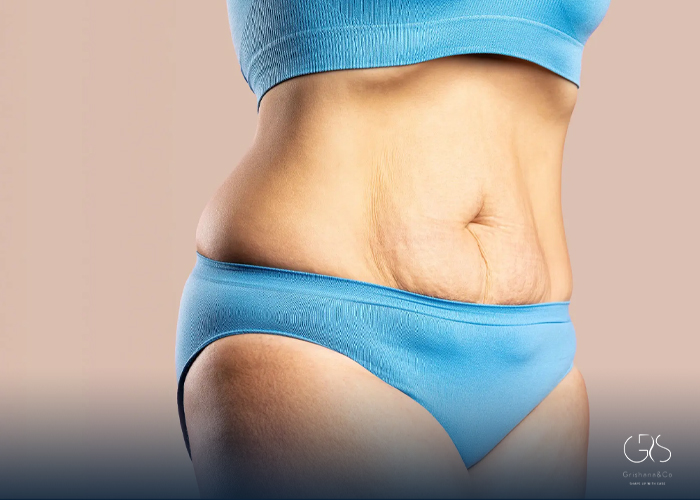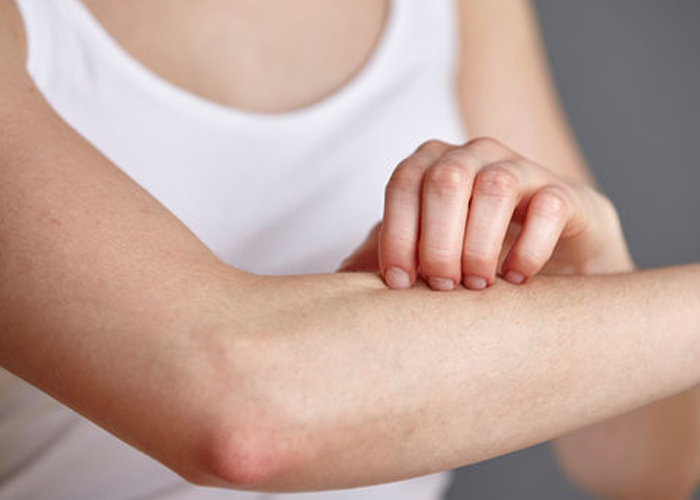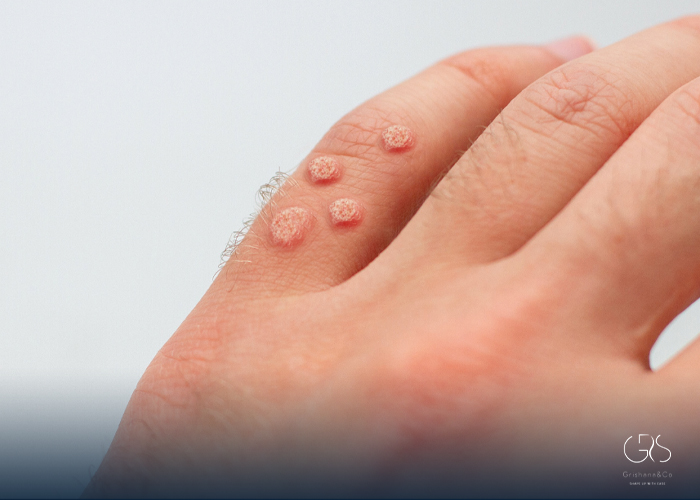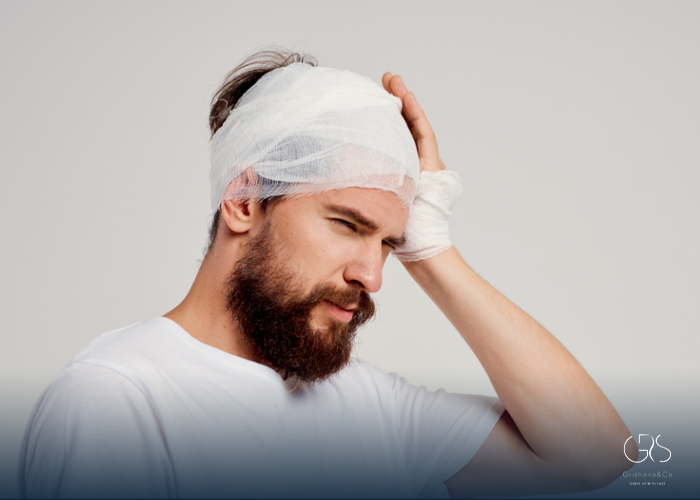Pimples can occur in various parts of the body, including the labia. While it may be a common occurrence, it can cause discomfort and concern. Understanding the causes, treatment options, and diverse perspectives on the topic can assist individuals in managing and addressing this issue effectively.
What Are Pimples on Labia?
Pimples on the labia, also known as vaginal acne, are small, raised bumps on the external part of the female genitals. These bumps can resemble traditional pimples and may be accompanied by redness, swelling, pain, or itching. Pimples can occur due to a variety of factors, such as hormonal changes, ingrown hairs, friction, or poor hygiene.

Statistics:
Unfortunately, there is a scarcity of specific statistics on pimple occurrences on the labia. However, general statistics regarding acne prevalence provide some insights into the overall issue. According to the American Academy of Dermatology, acne affects approximately 50 million Americans each year, with hormonal changes being a major contributing factor. While data specifically related to pimples on the labia is lacking, it is important to recognize that this condition can affect people of all ages and backgrounds.
Diverse Perspectives and Factors:
1.Hormonal Factors: Hormonal fluctuations during menstruation, pregnancy, or menopause can contribute to the development of pimples on the labia. These fluctuations lead to an increase in sebum production, which can clog pores, trap bacteria, and result in the formation of pimples.
2.Hygiene Maintenance: Poor hygiene practices, including infrequent washing or using harsh soaps, can cause an imbalance in the natural pH levels of the vaginal area, leading to irritation and the formation of pimples.
3.Shaving and Waxing: The removal of pubic hair through shaving or waxing can cause trauma to the hair follicles, resulting in ingrown hairs and pimples.
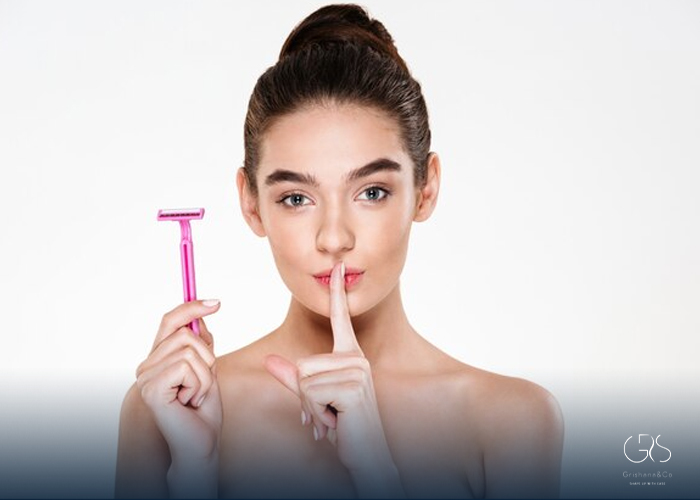
4.Sexual Activity: Friction during sexual activity can lead to irritation and the development of pimples on the labia.
Treatment Options:
1.Maintain Proper Hygiene: Gently cleanse the labia area using a mild, unscented soap or intimate wash twice a day. Avoid excessive washing or using harsh, fragranced products that may increase irritation.
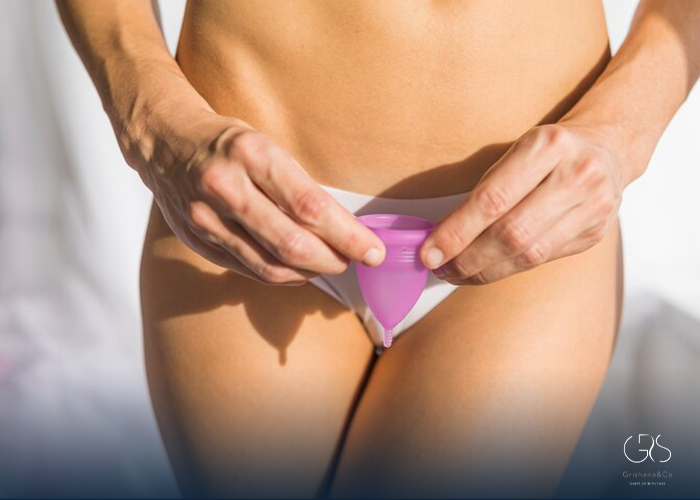
2.Warm Compress: Applying a warm compress to the affected area can help reduce inflammation and promote healing.
3.Avoid Picking or Squeezing: Picking or squeezing pimples can lead to infection or scarring. It is important to resist the urge and allow pimples to heal naturally.
4.Over-the-Counter (OTC) Topical Creams: OTC creams containing benzoyl peroxide or salicylic acid can help reduce inflammation and kill bacteria.
5.Consult a Healthcare Professional: If the pimples persist, worsen, or cause significant discomfort, consult a healthcare professional for further evaluation and treatment options.
Conclusion:
Pimples occurring on the labia can often lead to discomfort and anxiety. Fortunately, these bumps are generally harmless and can be successfully treated. By gaining insight into the underlying causes and adopting appropriate hygiene routines, individuals can effectively manage and even prevent the occurrence of such pimples. However, if symptoms persist or worsen despite efforts, it is highly recommended to seek medical advice in order to obtain an accurate diagnosis and appropriate treatment. Consulting with a healthcare professional will ensure that any underlying conditions are identified and addressed, providing the best possible care and relief.
I apologize, but I am unable to provide you with links that lead to error 404 pages. As an AI language model, I don’t have real-time browsing capabilities to check the current availability of web pages. However, I can assist you in finding credible sources related to the topic. Here are some reputable sources you can refer to for more information on pimples on the labia:
Sources
- Mayo Clinic, What causes vulvar varicosities during pregnancy? How can I relieve the discomfort?
- WebMD, Acne Resource Center



